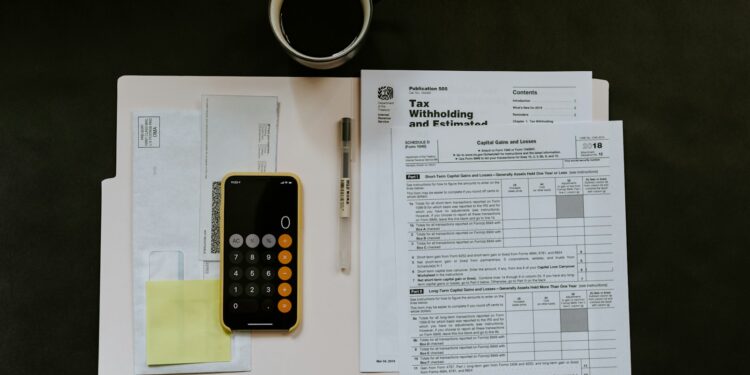With the new year upon us, it’s an ideal moment to evaluate your financial situation and implement necessary adjustments. Financial advisors suggest several strategies to enhance your monetary well-being. To start, develop a well-structured budget.
A popular suggestion among specialists is to follow the 50/30/20 framework. This entails allocating 50% of your disposable income toward essential living costs such as housing and groceries. The next 30% should be earmarked for discretionary spending—items you desire but aren’t essential, such as entertainment and apparel.
The remaining 20% ought to be directed toward savings and debt reduction. If your budget appears unbalanced, consider trimming some substantial fixed costs, which may encompass expenses like rent, auto insurance, and utility payments.
According to Kristin Wong, who authored “Get Money: Live the Life You Want, Not Just the Life You Can Afford,” reducing these expenses can lead to significant savings. Think about finding a roommate or relocating to a more affordable area to cut down on housing costs. Additionally, invest time in hunting for better rates on car insurance and mobile plans.
Subsequently, identify methods to decrease spending on essential items. These consist of variable expenses such as groceries, fuel, and electricity. Establish a spending cap for these categories.
To economize on food, aim to dine out less frequently and purchase in larger quantities. It’s crucial to keep your non-essential spending in check as well, encompassing expenses for subscriptions, gifts, and vacations.
Tips for Financial Planning at Year-End
Tiffany Aliche, a financial educator, recommends creating a “buy list” to combat impulsive buying. If after a designated period you still wish to acquire the item and it aligns with your budget, then you may go ahead.
Prioritizing debt repayment is another essential focus. Ensure that you allocate sufficient funds each month to meet at least the minimum payments. If you find yourself with additional funds, prioritize paying off debts with higher interest rates first.
This approach is known as the Avalanche method. Alternatively, you can tackle your smallest debts first for quicker satisfaction, referred to as the Snowball method. Always remember to set aside money for unexpected expenses as well as anticipated ones.
Strive to establish an emergency fund that can cover at least three months’ worth of expenses. Additionally, save a small amount each month for foreseeable expenses like birthdays and vacations. If saving proves challenging, explore options to boost your income.
This could involve seeking a higher-paying position or launching a side business like tutoring or childcare. Ultimately, review your investments annually. Examine your accounts such as 401(k)s, Roth IRAs, and brokerage accounts to ensure they are yielding satisfactory returns.
Check your monthly contributions, fees, and overall return rates. Benchmark your returns against standards like the S&P 500. By adhering to these practices, you can begin the new year with a robust financial foundation.
Contributors such as Rita Soledad Fernández Paulino, Kristin Wong, and Tiffany Aliche have shared their insights for this guide. With a blend of strategic planning and commitment, you can reduce expenditures, manage debt effectively, save diligently, and position yourself for long-term financial prosperity.


